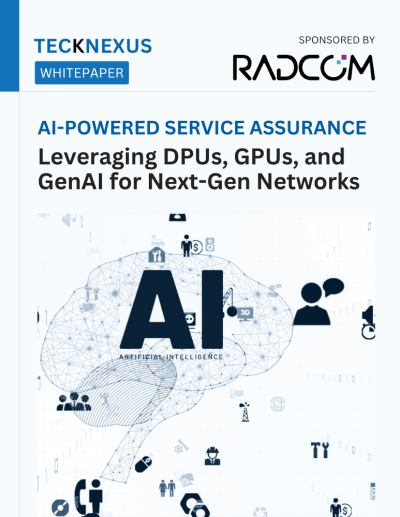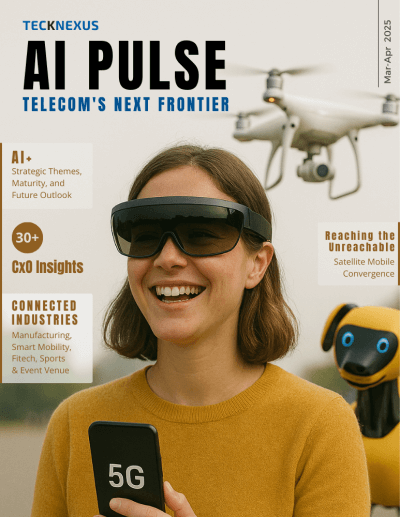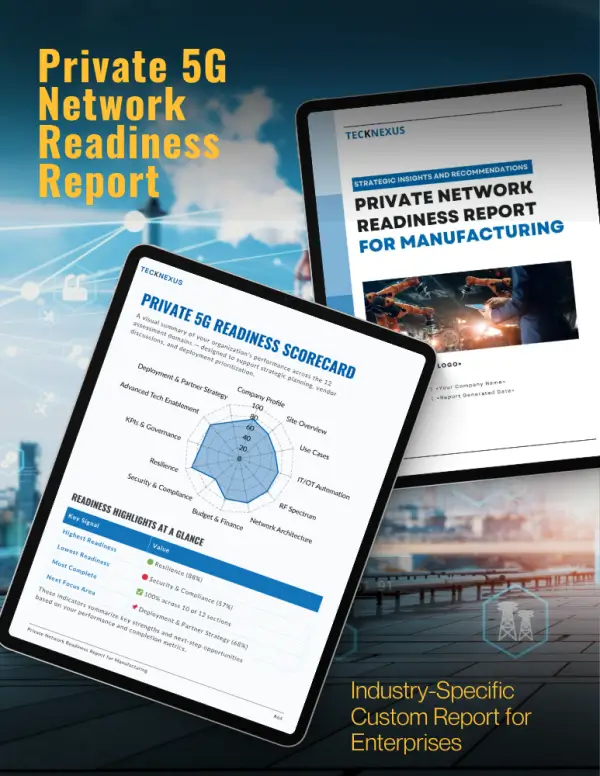- Article & Insights
- February 24, 2025
The private network market is expanding rapidly as enterprises scale their private 5G/LTE deployments across industries like utilities, manufacturing, and oil & gas. Companies that began with single-site proofs of concept are now rolling out private networks on a larger scale, tackling challenges in security, IT integration, and SIM provisioning. Specialized vendors like OneLayer play a crucial role in streamlining deployment, enhancing security, and enabling seamless IT and OT ecosystem integration. Learn how private networks are evolving and the key factors driving adoption.


































